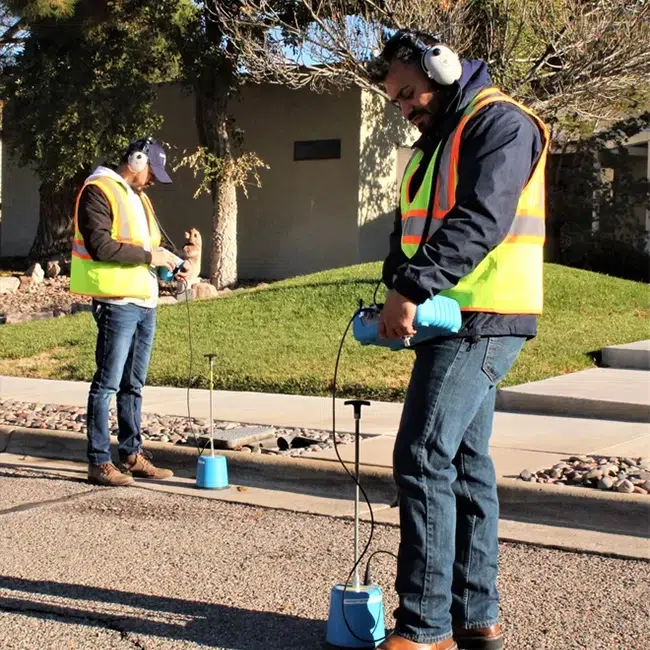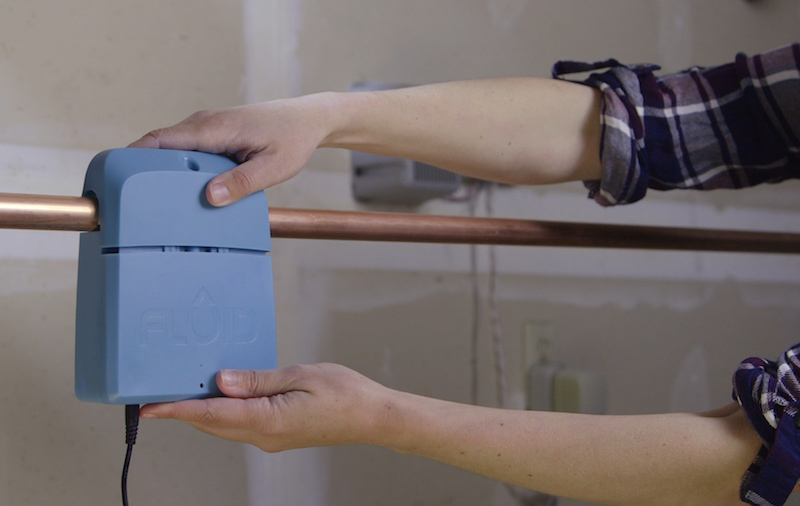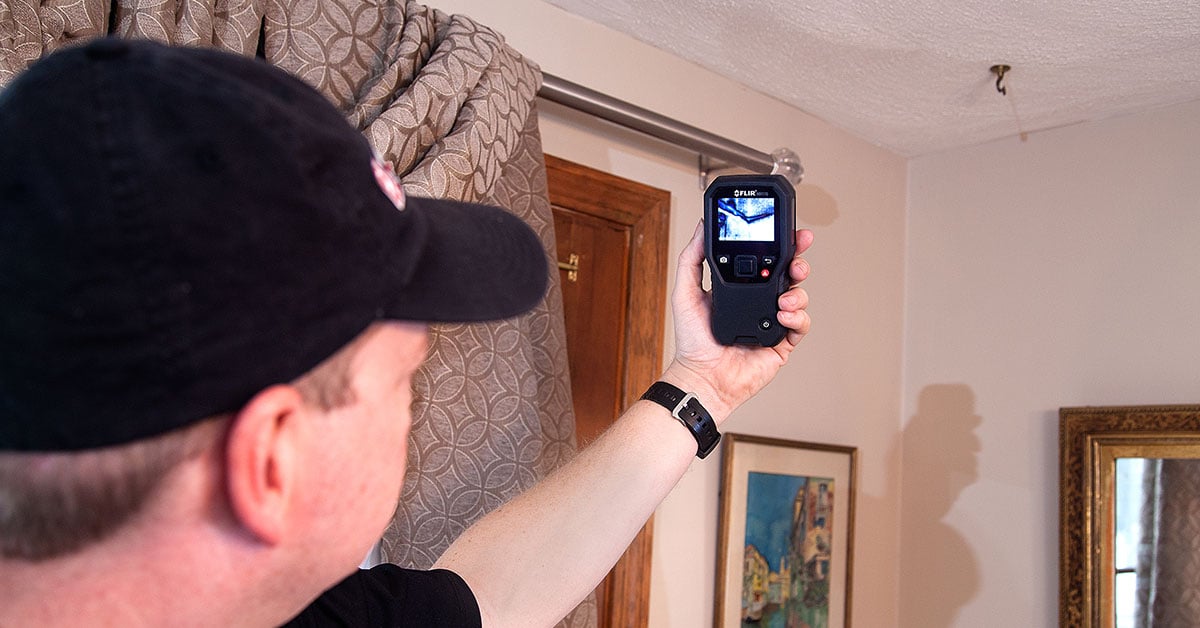Just How Professional Water Leak Detection Can Save You Money and Stop Damages
Just How Professional Water Leak Detection Can Save You Money and Stop Damages
Blog Article
Cutting-edge Solutions for Early Detection of Water Leakages in Buildings and Facilities
From cutting-edge leak detection innovations to the release of IoT sensors for real-time monitoring, the landscape of leak prevention is progressing swiftly. Automated water circulation evaluation systems are improving exactly how leaks are recognized and addressed, paving the way for a positive method to water leak detection.
Advanced Leak Detection Technologies
Advanced leak detection technologies, equipped with cutting-edge sensing units and formulas, play an essential role in quickly determining and identifying water leaks in various setups. These modern technologies utilize a combination of acoustic, thermal, and electromagnetic noticing methods to spot leaks properly. Acoustic sensing units discover the sound of escaping water, enabling specific localization of the leakage source. Thermal imaging spots temperature level adjustments triggered by water leakage, providing one more efficient method for leak recognition. Electromagnetic sensing units can recognize modifications in magnetic fields brought on by water, providing yet an additional layer of leak detection capability.

IoT Sensors for Real-Time Tracking
In the realm of modern-day water leakage detection, the integration of IoT sensors for real-time monitoring stands for a crucial development in improving proactive leak discovery capabilities. These sensing units offer continual surveillance of water systems, supplying real-time data on water flow prices, stress variations, and temperature level adjustments. By leveraging IoT innovation, these sensing units can spot even the smallest anomalies in water usage patterns, enabling early recognition of potential leakages prior to they rise into significant concerns.
IoT sensing units transfer data to a centralized platform, where advanced algorithms evaluate the information and generate notifies or notifications when irregularities are found. This real-time surveillance ability allows home owners or facility supervisors to without delay resolve leakages, minimizing water damage, reducing fixing prices, and saving water resources.
Furthermore, IoT sensing units can be integrated with building monitoring systems, permitting automatic responses to detected leakages, such as shutting down water valves or triggering pumps to mitigate the influence of leaks. Overall, the execution of IoT sensors for real-time surveillance dramatically improves the efficiency and efficiency of water leak discovery in buildings and framework.
Artificial Intelligence Algorithms for Leakage Prediction

One secret advantage of utilizing device learning for leakage prediction is its ability to continually discover and improve its accuracy in time. As even more information is gathered and fed into the algorithm, it can fine-tune its predictions and adapt to transforming conditions, ultimately boosting the dependability of leakage detection systems.
Moreover, machine learning formulas can aid in recognizing refined indicators of leakages that may go unnoticed by typical monitoring methods. water leak detection. By assessing intricate information embed in real-time, these formulas can give early cautions and alerts, enabling timely treatment and precautionary upkeep to mitigate prospective water damage and linked costs
Using Thermal Imaging for Leak Detection
Thermal imaging technology offers a promising strategy for detecting water leaks in different systems and infrastructures. By using infrared radiation and temperature level variances, thermal imaging electronic cameras can recognize surprise leaks that are not easily noticeable to the naked eye. When water escapes from pipelines or frameworks, it frequently alters the temperature level of the bordering area, producing temperature level differentials that thermal electronic cameras can capture. These temperature irregularities are then equated right into visible pictures, my link highlighting the specific area of the leakage.
One of the vital benefits of thermal imaging for leak detection is its non-intrusive nature. Overall, the usage of thermal imaging innovation improves the effectiveness and precision of water leak detection, making it a beneficial tool for maintaining the integrity of buildings and facilities.
Automated Water Circulation Evaluation Systems
Just how can automatic water circulation Full Report analysis systems revolutionize the discovery and management of leakages in various systems and facilities? Automated water circulation analysis systems provide a proactive technique to leak detection by continually checking water flow rates and patterns. By establishing standard data, these systems can quickly determine deviations that might indicate a leakage, allowing punctual intervention to avoid comprehensive damages.
These systems make use of advanced formulas to assess real-time data and supply prompt alerts when anomalies are detected, enabling for speedy activity to be taken. Additionally, automatic water flow analysis systems can be integrated with building administration systems or IoT systems, enhancing overall effectiveness and making it possible for remote surveillance abilities.
Additionally, the data gathered by these systems can be utilized for predictive maintenance purposes, helping to recognize potential powerlessness in the infrastructure before leakages take place. On the whole, the execution of automatic water flow analysis systems can dramatically enhance leak detection and administration practices, eventually causing set you back savings, lowered More about the author water wastefulness, and increased sustainability in buildings and facilities.

Conclusion
In verdict, the combination of sophisticated leakage discovery modern technologies, IoT sensors, machine discovering algorithms, thermal imaging, and computerized water circulation analysis systems uses ingenious options for very early detection of water leaks in structures and facilities. These technologies enable real-time surveillance, prediction of leaks, and efficient detection techniques to stop water damages and wastage. Applying these options can assist in preserving the stability and sustainability of water supply in numerous settings.
Report this page